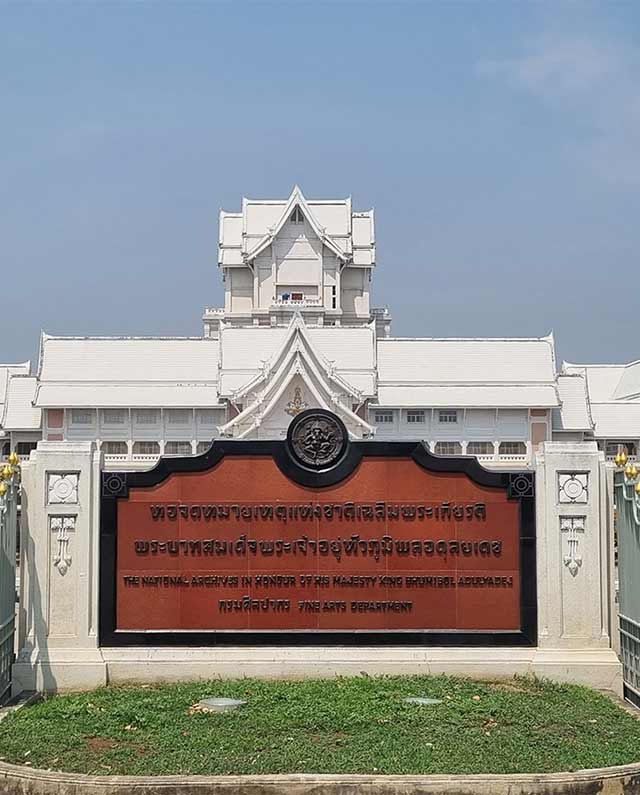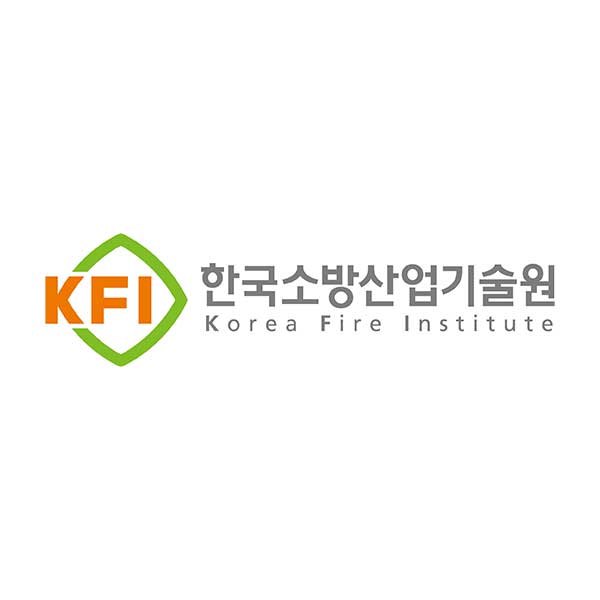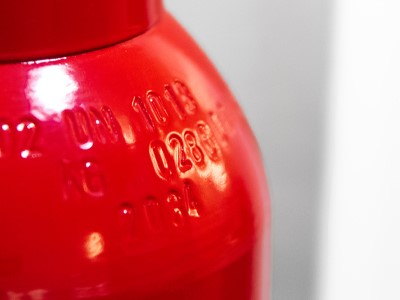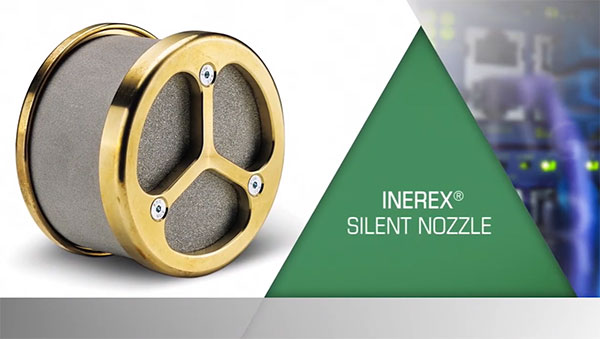Cylinder Compliance Essentials: DOT, UN, TPED — Need-to-Know Basics
We will introduce the key differences among DOT, UN and TPED cylinder standards, and provide details of best practices to guarantee compliance across different regions.
Presentation of gas cylinder standards - DOT - TPED - UN
TPED: The European Standard for Transportable Cylinders

What is TPED?
The Transportable Pressure Equipment Directive (TPED) is a European Union directive (Directive 2010/35/EU) that harmonizes the design, manufacture, testing, and certification of transportable pressure equipment. TPED ensures that cylinders, tubes, cryogenic vessels, and tanks used for gas transport in Europe are safe, efficient, and meet consistent standards across all EU member states.
What are the features of a TPED Cylinder Compliance?
Here are the most important features of a TPED Cylinder:
-
Markings: TPED-compliant cylinders must display a Pi (π) mark along with a Notified Body number, ensuring that the equipment has been tested and certified for use within the EU.
-
Conformity: The markings must also include essential details such as thread specifications, manufacturer information, serial number, wall thickness, water capacity, and working and test pressure.
-
Periodic inspection: Depending on authority having jurisdiction, subject to 10-years for Inert gas seamless cylinders.
-
Geographic: Mandatory for use in the EU/EEA. TPED Pi (π)-marked cylinders are typically built to UN pressure receptacle standards (e.g., ISO 9809 or 7866). So, for example, a π-marked cylinder can be shipped by sea or air to another continent as a UN cylinder.
DOT: The American Standard for Transportable Cylinders

What are DOT Cylinders?
DOT cylinders are primarily used in the United States. They are regulated by the U.S. Department of Transportation (DOT) and must meet stringent design, manufacturing, and testing requirements to ensure safety during transport. DOT-3AA is a U.S. Department of Transportation (DOT) specification for seamless steel high-pressure cylinders used to store and transport gases, including inert, flammable, and toxic gases. While DOT-4BA / DOT-4BW specifications are used for welded cylinders.
What are the features of a DOT cylinder?
Here are the most important features of a DOT cylinder:
-
Thread Design: DOT-approved cylinders must use either straight or tapered threads for fire extinguisher cylinders.
-
Marking Requirements: Markings on DOT cylinders are provided in imperial units (inches, psi, etc.) and must conform to §178.35 of the U.S. Code of Federal Regulations.
-
Service Pressure: The service pressure must be clearly indicated on the cylinder.
-
Periodic inspection: Depending on Authority Having Jurisdiction, subject to 12-years for seamless and welded cylinders.
-
Geographic: Only legally compliant within the U.S
UN Pressure Receptacles: International Standards set by the United Nations

What is a UN Pressure Receptacle?
It is a transportable pressure container designed for the safe handling, safe storage, and safe transport of gases like oxygen and nitrogen, as specified by the United Nations Model Regulations. These cylinders must strictly follow global safety standards to ensure compliant cross-border shipping. UN cylinders are designed to be accepted in many countries in accordance with United Nations transport regulations.
What are the features of a UN Pressure Receptacle?
Here are the most important features of a UN pressure receptacle:
-
Thread Design: UN cylinders can have either straight or tapered threads, but this must be marked on both the cylinder and the valve.
-
Marking Requirements: The markings are provided in metric units and must follow the UN regulation §178.71.
-
Pressure Indications: UN cylinders display both test pressure and thread type.
-
Periodic inspection: Depending on authority having jurisdiction, subject to 10-years for seamless cylinders.
-
Geographic: DOT applies to the US, while UN pressure receptacles are recognized internationally, including in the U.S, if they are approved by United States. These are recognized by the "UN-USA" marking.
DOT & UN Pressure Receptacles: What are the Key Differences?
DOT stands for Department of Transportation, while UN stands for United Nations. Cylinders marked UN therefore comply with international UN/ISO safety and transport standards, while bottles marked DOT comply with US transport and safety regulations.
✅ Geographical Coverage: DOT applies to the US, while UN pressure receptacles are recognized internationally, including in the U.S, if they are approved by United States. These are recognized by the "UN-USA" marking.
✅ Regulatory Framework: DOT follows U.S. Department of Transportation regulations; UN receptacles adhere to international standards.
✅ Marking and Certification: DOT requires specific DOT markings, while UN cylinders require specific UN markings.
✅ Requalification and Safety: Both UN and DOT cylinders require regular requalification or inspection to ensure they maintain safety standards over time.
TPED & UN Pressure Receptacles: What are the Key Differences?
✅ Geographical Coverage: TPED applies to the EU, while UN pressure receptacles are recognized internationally.
✅ Regulatory Framework: TPED follows EU rules; UN receptacles adhere to international standards.
✅ Marking and Certification: TPED requires the CE mark, while UN cylinders require specific UN markings.
✅ Thread Design: Both, UN and TPED cylinders can have straight (parallel) or tapered threads, depending on the design specification and intended application. This ensures proper compatibility and safety when connecting valves.
✅ Requalification and Safety: Both UN and TPED cylinders require regular requalification or inspection to ensure they maintain safety standards over time.
Why is it important to consider the differences?
It is important to differentiate between UN, DOT, and TPED standards for several reasons. First, from a legal standpoint, DOT cylinders are mandatory in the United States. For more detailed information regarding usage and transportation inside Europe, please refer to ADR 2025.
Periodic inspections vary depending on the type of cylinder. DOT cylinders must be inspected every 12 years by U.S. DOT-authorized testers, while UN and TPED cylinders must be tested every 10 years by properly notified bodies.
Compliance Checklist for Cylinder Safety
Verify Correct Thread Types: Always ensure that the thread types on the cylinder and valve match.
Check Markings: Confirm that all required markings are present and legible.
Follow Requalification Intervals: Ensure that cylinders are requalified or inspected as per the recommended intervals.
Regional Compliance: Use only cylinders approved for your region (DOT for the U.S., TPED for the EU, etc.).
Other gas cylinder- Transport requirements for major markets
Countries like China, India & South Korea have specific country standards and safety guidelines for pressurised cylinders. For more information, please contact us directly, and our local front offices will assist you.
Conclusion to ensure safety and compliance
Whether you’re dealing with DOT, UN, or TPED, compliance with the appropriate regulations of the regions is key to guarantee safe and efficient operations. The regulations differ across regions, but the underlying goal remains the same: to protect lives and the environment.
At Rotarex Firetec, we are committed to providing our customers with cylinders that meet the highest compliance standards for domestic or international transport. Our experts can guide you through the complexities of cylinder compliance, ensuring your operations run smoothly and safely.







